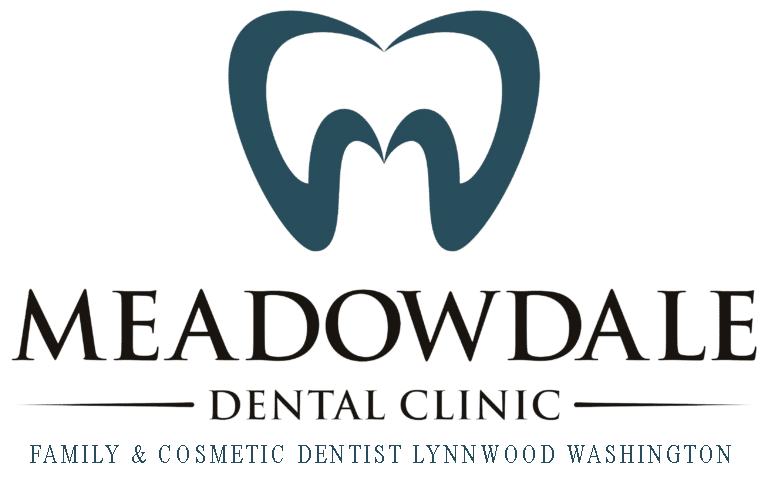What is Dental Prophylaxis?
Dental prophylaxis is the technical term for preventative dental treatments. You may never have thought about it before, but most dental treatment you have had throughout your life were dental prophylaxis. Decades ago, dental services were focused on treating oral health issues like tooth decay and infected teeth. In the last 60 years, everything changed and dentists switched their focus from responding to oral health issues to focusing on preventing them. Below is more information about what exactly dental prophylaxis is and why dentists focus so much on prophylaxis care.
Prophylaxis services
Most of the routine dental procedures you have done each year are dental prophylaxis. Each of these treatments have a different purpose for your oral health. Dental services considered prophylactic treatments include:
- Dental exams: Dental exams are focused on checking the mouth for cavities, gum disease, and oral cancer.
- X-rays: X-rays are not necessary at every dental visit, but they help to identify early signs of tooth decay that the dentist may not see with their eyes.
- Routine professional cleanings: Cleanings remove plaque buildup, calculus, and tartar.
- Flossing and polishing: Flossing helps to remove plaque from between teeth and polishing help to remove stains.
- Fluoride treatments or sealants: More common for children, fluoride treatments and sealants help to prevent tooth decay.
Dental x-rays
It is standard for most dentists to request dental x-rays, or bitewings, annually. However, having x-rays taken yearly is not required, and may not be necessary for individuals who have no apparent or previous dental problems. The American Dental Academy recommend that adults who take good care of their teeth only need X-rays every 1-3 years, however this is really up to your dentist and their preference.
Prevention
One of the additional features of dental prophylaxis is that it teaches patients how to perform preventive measures daily at home, such as routine oral hygiene habits. Dentists have an important role in education and helping children and adults alike form good habits of daily brushing and flossing. The most important preventive measure that dentists can teach their patients are the benefits of daily brushing. Daily brushing and flossing have been found to be critical to the prevention of dental cavities. Additionally, research has shown that using fluoride toothpaste is also important to preventing cavities and tooth decay. Electric toothbrushes perform better at removing plaque and reducing gingivitis than traditional toothbrushes. Evidence also supports that brushing twice per day is essential to maintaining good oral health.
Prophylaxis for Kids
For kids, prophylaxis care is different. Kids are extra vulnerable to tooth decay and other dental problems. According to the American Academy of Pediatrics, poor oral health is one of the most common healthcare issues for children in the US. Kids should start receiving prophylactic treatments starting as early as 12 months. Fortunately, there are pediatric dentists who specialize in treating children. Like adults, one of the goals of starting prophylaxis at a young age is to get children used to routine prophylaxis care and starting to develop good oral habits at home.
More on Periodontal Maintenance : What is Periodontal Maintenance?
